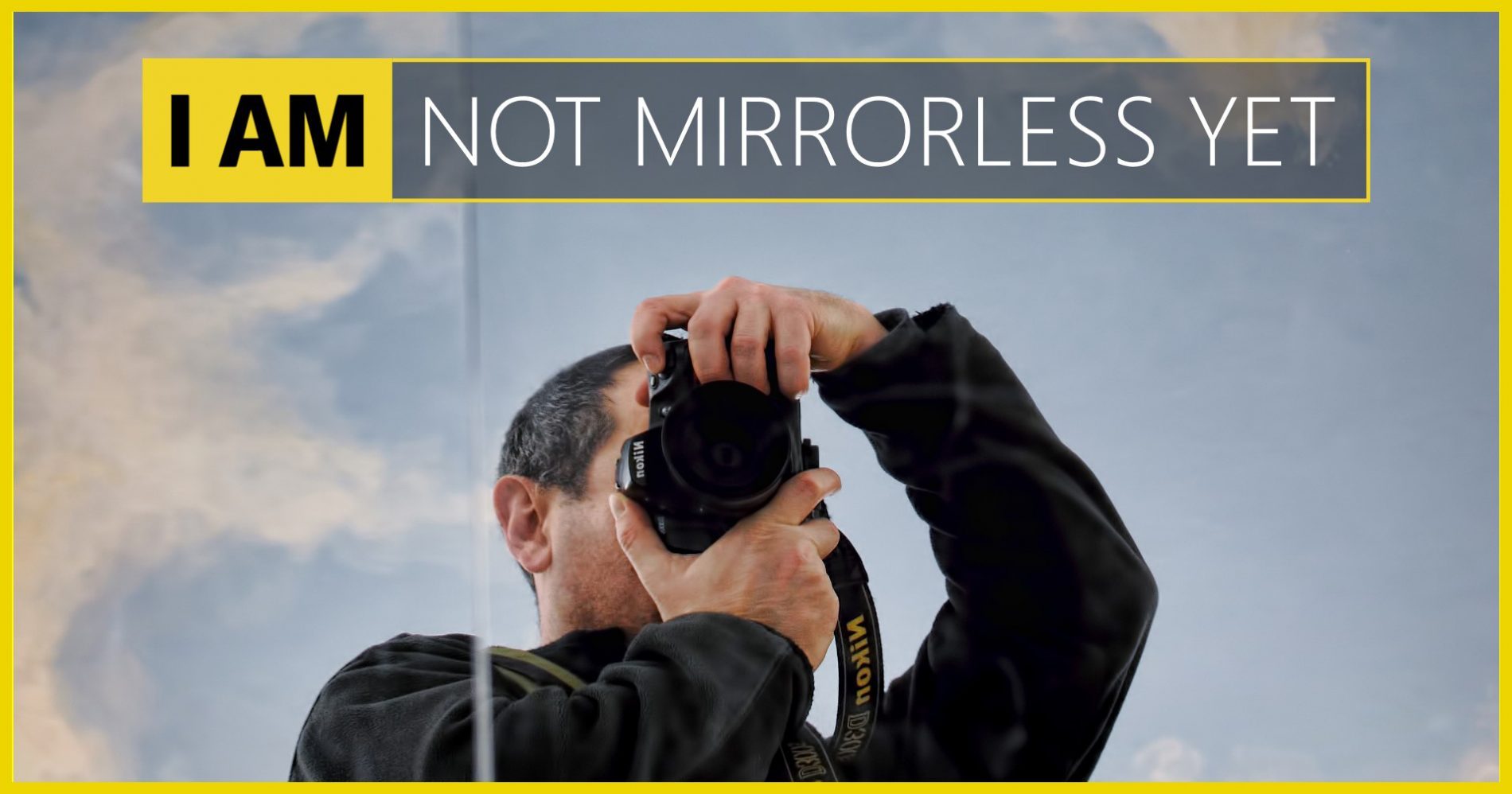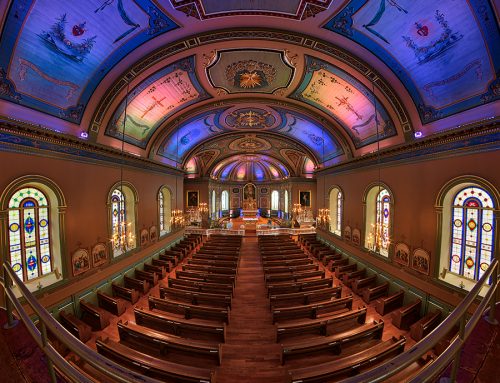Originally published on TROLETTIPHOTO.COM
Mirrorless interchangeable-lens cameras have been around for quite a while offering both consumer and professional options. As capable as these lightweight machines are, they have limits you need to consider before venturing out and acquiring one.
Although I considered Fuji as being the first manufacturer to introduce the first tantalizing mirrorless cameras, Sony quickly followed with aggressive advertising campaigns based on acquiring a large market share quickly. That’s important, Samsung failed because of a lack of users.
I personally find the first Sony A7 campaigns deceitful and lacking honesty. Hiring small framed photographers hardly weighing 50 kilos whining on how their DSLR was SOOOOOO HEAAAAVY was pretty much a turn off for me, but that’s a personal opinion. Apparently I wasn’t part of the herd our shepherd Sony was trying to round up.
At the time, I was acquiring a brand new Nikon D810. Unfortunately Sony or the retailer had tantalized the sales staff with great SPIF incentives for every A7 sold. I was unable to get my hands on my NIKON D810 DSLR without losing patience with the sales staff. The Sony A7 was being pushed down my throat to the point that it was put on the counter in front of me the whole time.
Naturally I held it and the first thing I thought was how uncomfortable this little rectangular box with sharp edges felt in my hand. Even worst was the viewfinder, an electronic viewfinder, that I was definitely not ready for. From that time on, the image of a Sony advertising with a young girl holding an A7 has been stuck in my head. She looked just as uncomfortable holding an A7 with her little hands as I did in my own adult hands.
The worst company of all who appears to use Internet Trolls to misinform potential buyers has to be Olympus. This may be the true inspiration for this little article, don’t let the manufacturer’s claims and specifications impress you because mirrorless systems have some low points that can truly ruin your day if you’re not making an educated decision upon purchase.
My first true mirrorless experiences in the great outdoors were with several models of the Olympus mirrorless range. Overall great little cameras with amazing image quality considering the size of the sensor on these MFT bodies.
Although Olympus claims weatherized camera bodies with a -10 c operating range, someone forgot to inform the camera it could operate at -10 c. In the more humid areas like that of Southern Québec in Canada, prolonged exposure at -5 c jammed up our OM-D E-M1 Mark II leaving us with a blank black screen to stare at until we got it slowly warmed up in a dry environment. Before you get to this point, the camera body will also consume more batteries than you probably thought necessary to take along on your outdoor adventure. (Note – We experienced the exact same thing with the original OM-D E-M1 and the PEN E-PL7)
On the flip side, a photographer at a concert venue in Montreal was using two Sony A7 bodies. He had just converted from name-brand DSLRs to his pride and joy, two wonderful and capable Sony A7 bodies. I didn’t pay much attention to him until I started hearing some cussing. Yes cussing, one of his A7 bodies had overheated and locked up. He was shooting lots of video and it overheated. A little while later a little more cussing and fussing. You guessed it, the second Sony A7 froze up from overheating. The units finally cooled down and the photographer continued his work. From what I gather Sony fixed those issues with firmware updates.
Following some forums for the new Sony A9 mirrorless Flagship, some similar stories were being reported. Sony’s strong fan base was quick to dismiss it claiming that even if it’s true, Sony will fix it with a firmware update. The problem with adopting unproven tools when you’re a professional is that you risk falling flat on your face. Even with proven equipment you can never be too well prepared. A major difference between a DSLR and a Mirrorless, is the mirror. Every time you press the trigger, that mirror goes up and down creating air circulation, thus helping cool down your camera body from the heat generated by the image sensor.
I’ve always shot with a Nikon SLR and now a DSLR. Yes it’s heavy and I’m getting older. Nikon has managed to shave off some grams with modern manufacturing techniques, but I’m still lugging around a boat anchor. However I’ve taken out in -20 c to -30 c conditions a variety of Nikon DSLRs and even the consumer level, entry level Nikon D60 never froze up on me in those conditions. Battery use was rarely more than two batteries on a few hours of shooting.
There’s a technology gap where DSLRs need to catch up with some mirrorless features and the same remains true with mirrorless cameras needing to catch up to some DSLR capabilities. Mirrorless electronic viewfinders and focus systems have greatly improved but when it comes to action photography, nothing beats the ability to look directly through your lens, something a mirrorless can’t replicate well enough for my taste at this time.
Most of the name brand mirrorless manufacturers are now offering a great variety of lenses and accessories making them more and more suitable for a wider range of photography applications. Lens adapters have also greatly evolved allowing you to use your older lenses on your new Mirrorless body while preserving the focal length and aperture.
Before you go out and invest in a brand new mirrorless or DSLR camera body, do your homework. An interchangeable lens camera is like buying a boat. In the long run you’ll be investing in a camera system, not just a camera body. Read the reviews and focus on the type of photography you will be practicing. Don’t be afraid to contact photographers who use that specific equipment and politely ask them some well thought out questions.
Technology is moving at a rapid pace and capabilities are improving in both the DSLR and Mirrorless arena. Try and look at recent personal reviews in an effort to keep information relevant to the current market offers. Don’t fall for the sales pitch as your camera store may offer manufacturer incentives to their staff to promote specific camera models.
Many good stores will have a rental service. Some will even deduct the rental price from your final purchase. I encourage you to get some hands on experience before you commit to a purchase.
Things to think about :
Make sure the camera is comfortable for you to handle. Everyone has a different sized hand and not all cameras fit comfortably in every hand. Same with the placement of the controls. Can you access the buttons and sliders comfortably and are all the features you need to shoot accessible at your finger tips?
If you live in a colder climate, do some research on battery life from experienced photographers. Compared to a DSLR, mirrorless cameras depend on batteries for everything from the viewfinder on. You’ll find that even if their power consumption has improved, they still run through batteries too quickly for extensive use in colder climates.
Same goes for warmer climates. Just like colder climates, humidity levels are a concern and can greatly affect your user experience.
If you’re transitioning from one brand to another or back and forth from DSLR to Mirrorless, research lens adapters. This will lighten up the load on lens purchases and your camera bag.
Compare lens and accessory prices. Does the manufacturer offer lenses and accessories in your price range that fit your needs. Are quality third party accessories available as an option or are you flying solo.
In body or lens image stabilization. Most Mirrorrless cameras offer in camera image stabilization on multiple axes. DSLRs are far behind with most of them relying on image stabilization built into lenses. Which one is right for you? I use a variety of older lenses and I myself would love in-camera image stabilization at times. That’s something I truly enjoyed while using the OM-D E-M1 Mark II. For now I live without it as even the well sought after Nikon D850 only offers a limited in-camera electronic image stabilization.
Who will take care of your warranty issues and is service available locally? Will you have to pay yourself for shipping your equipment to the closest service center? Not all camera stores offer the same level of after sales service and support. In the US most camera stores handle your requests with a small administrative fee. In Canada, especially Québec, some stores double the cost of out of warranty repairs. Don’t be afraid to contact the manufacturer to back up a camera store’s claims. I did and saved $150 USD on an out of warranty repair on the Ricoh Theta S.
Make sure your product has a warranty card for your country or it may be a Gray Market unit that will not be eligible for service by the manufacturer. If an online deal is too good, it’s probably too good to be true. I remember stories of fake D810 units that were badly converted D800 units with hacked software and cheap stickers. I personally recommend buying locally from a reputable and authorized dealer.
Remember that no camera will help you create better images based on specs alone. You need to learn and apply the basics of photography before all. A camera is only a tool that will help you push your photography to next level if you take the time to learn, practice and develop the necessary skills.
One of the best places to get a true understanding of the capabilities of a specific camera line may be your local camera club. There you should be able to find a great variety of photographers of various abilities and shooting styles using just about every interesting brand and model. Some clubs even enjoy affiliations with some camera stores allowing you to get a well-deserved discount.
If you’re looking to sharpen your skills with a great online community, I run the Trevor Carpenter Photo Challenge at Tempus-Aura along with a great bunch of contributors. Each week a new challenge is presented to our community members.
On a personal note, I’m waiting to see what Nikon comes out with. Rumors have it that they will be introducing a high-end full frame and maybe a DX crop factor mirrorless interchangeable-lens camera. We’re all different and I’m only relating my own opinion based on decades of personal experience. Take the time to understand your own individual needs.
Photography is primarily about having fun, don’t let a bad decision distract you from your full potential.



Leave A Comment